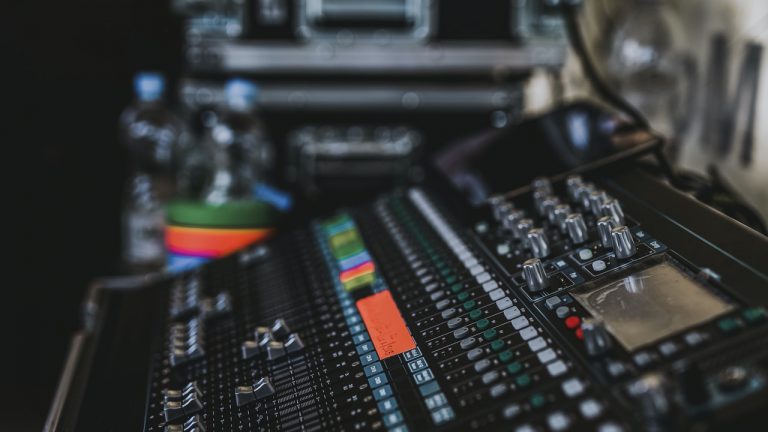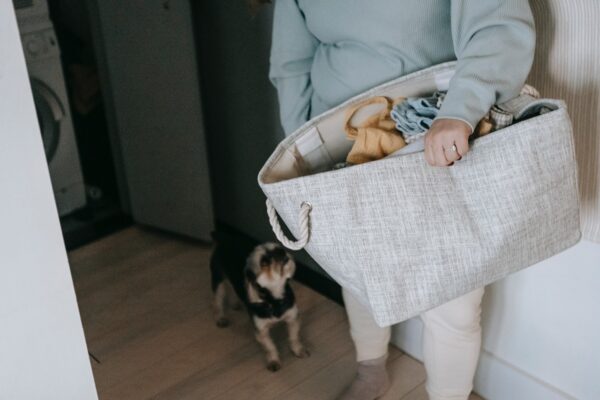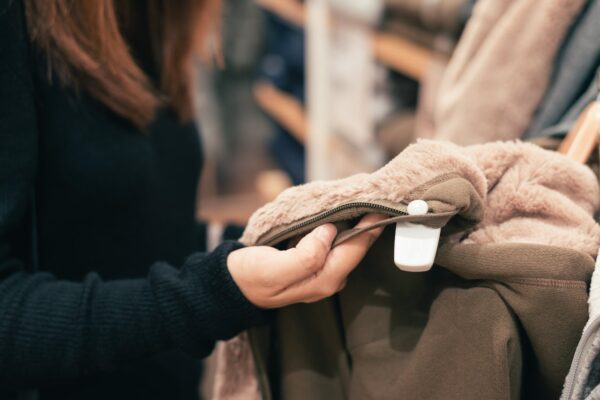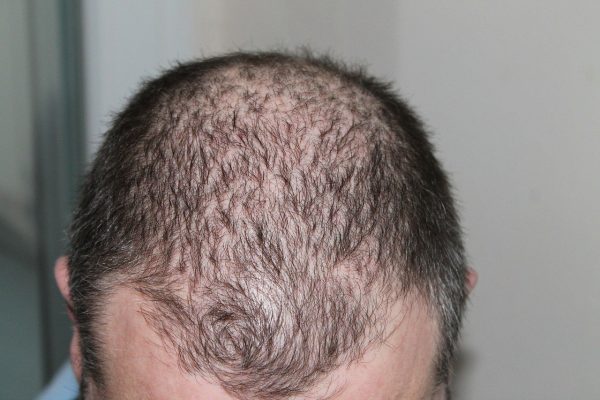The few basics of studio decor are here, don’t forget to add a touch of your own creativity for this:
Do you need more room? You can add an additional ladder/staircase. If you’re interested in a sound-proof room, you’ll need to buy a second cabinet and a carpet to cover the concrete floor. And while you are at it, you might want to look at ways to make your concrete flooring waterproof, and if need be read up blogs (similar to https://www.becosan.com/concrete-waterproof/) about it and contact your handyman about the same.
A “stage light” can be purchased for a few hundred dollars at the DIY Circuit Craft Shop. My favourite lighting product for recording and mixing music is from Sound Magic. This manufacturer uses cadmium. I use it for headphones or laptop monitors (too heavy). The best is by Pink Songbooks or Sound Magic, both of which you can get through Audio Angel Studio. I will also write more about my favourite lighting products on this blog and link to the manufacturer where I find them. You’ll need a double-glossy material to cover a concrete floor. It’s important to have a carpet there in case the room has a leak or the matches blow. Try making one out of what you can find at Home Depot. Or, just buy a cheap carpet to cover the concrete and leave a flimsy material on top of it to be covered by that expensive carpet. But make sure that your concrete floor has not suffered any crack or unevenness in the level because it can make the carpet covering look flawed. I would recommend looking into the benefits of Gypsum Leveling to ensure that the floor is completely flat and stable. You don’t want any cracks at all! Old, worn-out concrete flooring might require fixing, and professionals like the ones at AAA Concrete Raising (https://aaaconcreteraising.com/what-to-do-about-uneven-interior-concrete-flooring/) can help. In case your concert floor level is fine, a sound-proofing rug (or carpet mat) could work for an acoustic isolation room. Here are some of the basic rugs:
Matching the rug with the room is important. Remember, the microphone will be covered by a rug, and so will the room behind it. When you’re buying a rug or carpet, stick to the same colour. You can’t create a realistic sound-proofing environment by mixing up different colours. Buy it in a matching colour. Or, make one yourself. A great tutorial on making your own rug is at Craftsy Studio. However, if you want to keep your home studio looking fresh and professional, regular maintenance is important. Services like professional rug cleaning in Boise, ID, or in a nearby location, can help ensure that your space remains clean and inviting, improving both the visual appeal and the overall atmosphere of your studio.
All of the furniture in the studio, including the desk, is necessary. A desk with a drawer for small files is a great place to put small sample records. A desk, along with a chair and a mixing board, is required for recording sound and mixing. You’ll probably need a sound-proofing room to record larger projects. For recording sessions, you’ll need a couch or a small seating area. My favourite furniture is by Desert Rose Furniture (link to online store). It’s a variation of concrete and wood, but uses mesh to absorb sound. You’ll need a mattress or one of the foam mats to go under the desk. Use pillows for additional comfort. You can put pillows under the couch, but don’t put your mattress directly on the concrete floor. It’s important to keep your feet away from the concrete floor so it’s clean for recording. Also, make sure to check out Craftsy for a tutorial on creating a sound-proofing mattress pad.
Do you need a ceiling lamp? Look closer at the setup in any of the newest online casinos that have live games for some inspiration. You’ll need this for charging batteries. Some sound-proofing lamps also include an additional plug in and outlet. There are some very cool lamps out there to choose from:
A lampshade or fabric over the lamp can be made. For a simple sound-proofing lampshade, make a rug out of scrap fabric, paint it with a gloss coat of black paint and use paint brushes and roller to make a rug.





